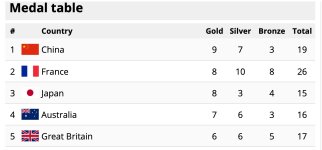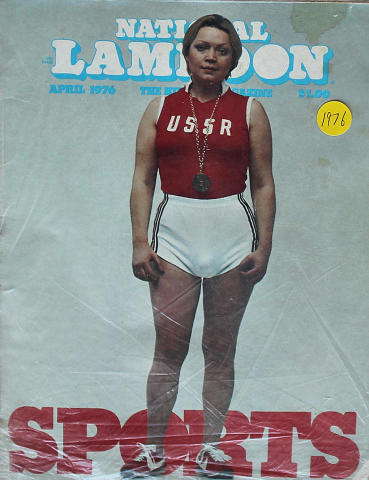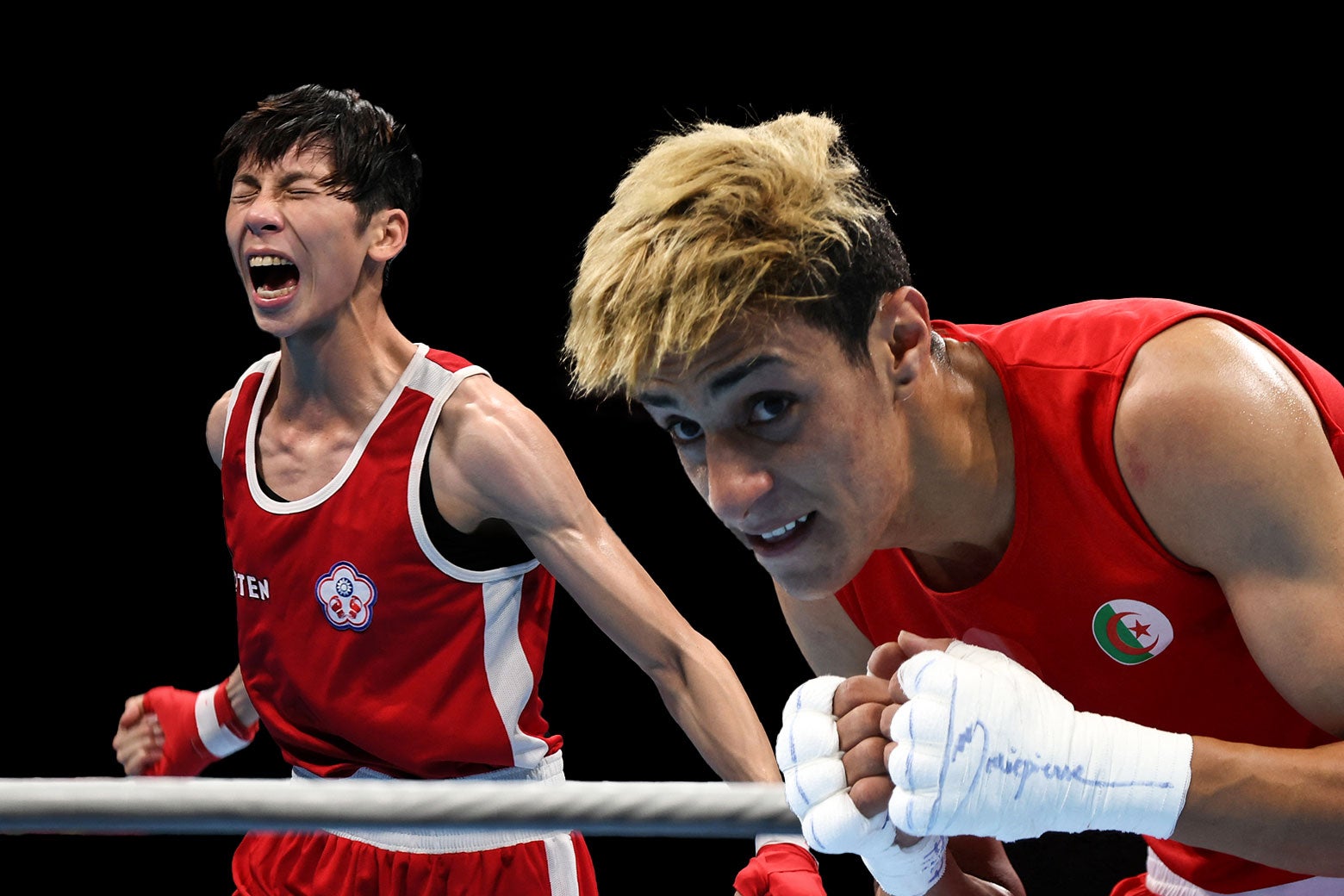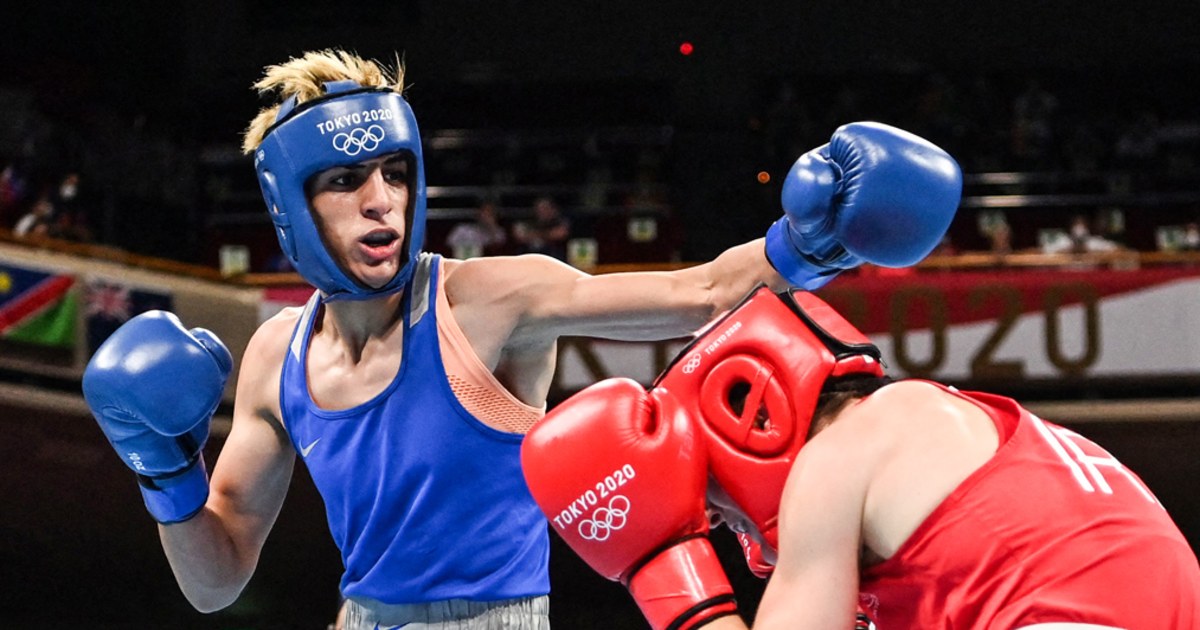The history of gender verification tests in athletics—in which institutions assess athletes’ biological markers with the intent of disqualifying anyone who diverges from an established gender standard—is
long and tragic. For decades, women who passed these tests got “
certificates of femininity” that they had to present before every Olympic competition. Those who didn’t pass, because their bodies differed from what administrators deemed the feminine norm, were exiled from their sports.
In many cases, these athletes had no idea they had chromosomal variations until the Olympic gender-verification authorities gave them their results, right before their events, and found them ineligible to compete. That’s
what happened to Caster Semenya, the South African track star who won gold medals in the 2012 and 2016 Olympics before a new testosterone-limiting regulation from the IOC barred her from competing in her event in future games. Today most sports authorities still demand gender tests and impose requirements on trans and intersex athletes that range from
hormone therapy to
surgery.
But human sex is not as clear-cut of a binary as the guidelines from many athletic governing bodies would have us believe. As one endocrinologist told author Katie Barnes in
Fair Play: How Sports Shape the Gender Debates, what we think of as biological sex consists of “the interplay and collective of your sex chromosomes, sex hormones, your internal reproductive structures and what gonads you have, and your external genitalia.” Many people diverge from the norm in any of these categories; between
1 and 2 percent of people fall under the intersex umbrella.
























